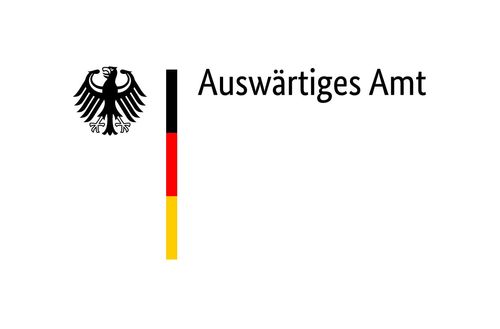Musée d‘ethnographie de l‘Université de Bordeaux
Larisa Vykvyragtygyrgyna explains a carved chessboard
“My husband, Valerii Vykvyragtygyrgyn, carved this chessboard after reading Aleksandr Nefedkin’s book Chukchi Military Conflicts, which describes the struggles of the peoples of Chukotka for their independence. As detailed in the book, the chess pieces wear the clothing and carry the gear of Chukchi warriors. Here, for example, you see a shield worn over fur garments to protect against arrows. Another female figure – the queen – wears an old headdress shaped like a mushroom. This is based on ancient drawings discovered on a riverbank in Chukotka that depict women wearing these strange, distinctive head coverings. And here is something that reaches far back into our childhood – a picture that stays in your mind for years: someone traveling with two harnessed reindeer, likely heading to a celebration in a neighboring camp. You can see mountain ranges in the background, and in another scene, you arrive at a reindeer herding camp, where people are busy covering their yaranga dwellings. In another place, a doorway stands open, inviting guests to enter. Further on, you see marine hunters paddling baidara boats made from animal hides, and in the distance, others are hunting whales. On this cape, you can see semi-underground houses covered in walrus hide – the kind once common along the coastal regions. In front of them, bearded seal skins are hung out to dry. These are all scenes from the lives of the coastal peoples – the Chukchi and the Eskimo – whose imagery and artistic motifs were shared and passed among the artists of the Bering Sea.”
Recorded by Erich Kasten in Anadyr, 2014.



